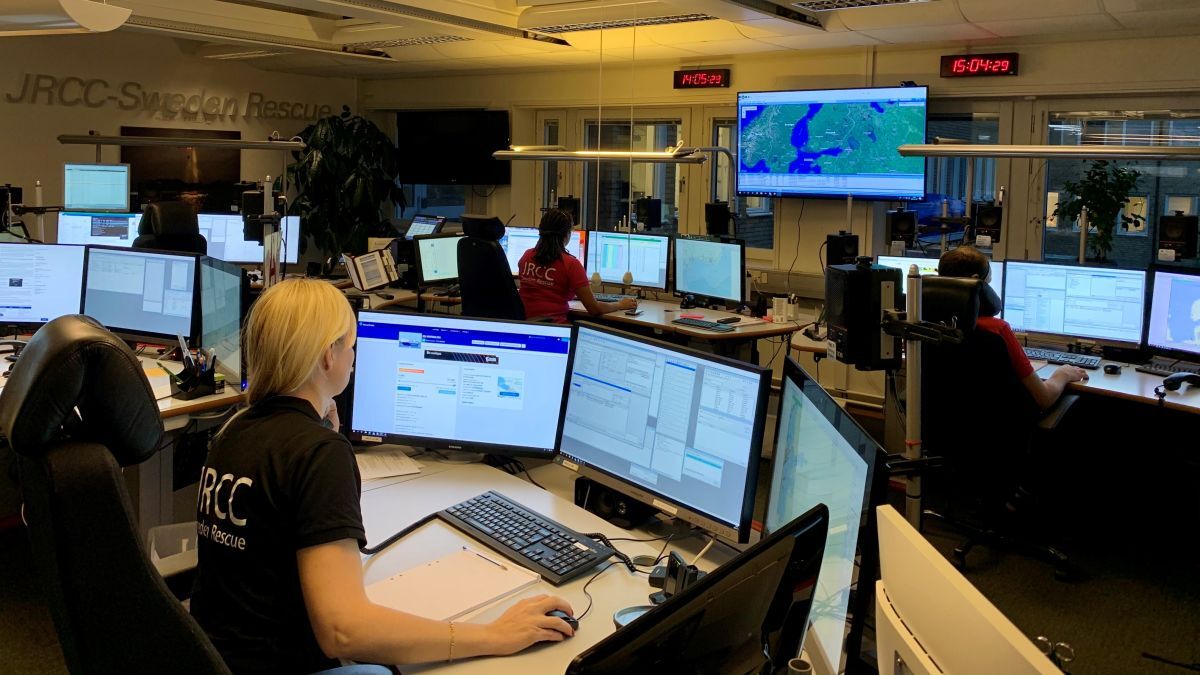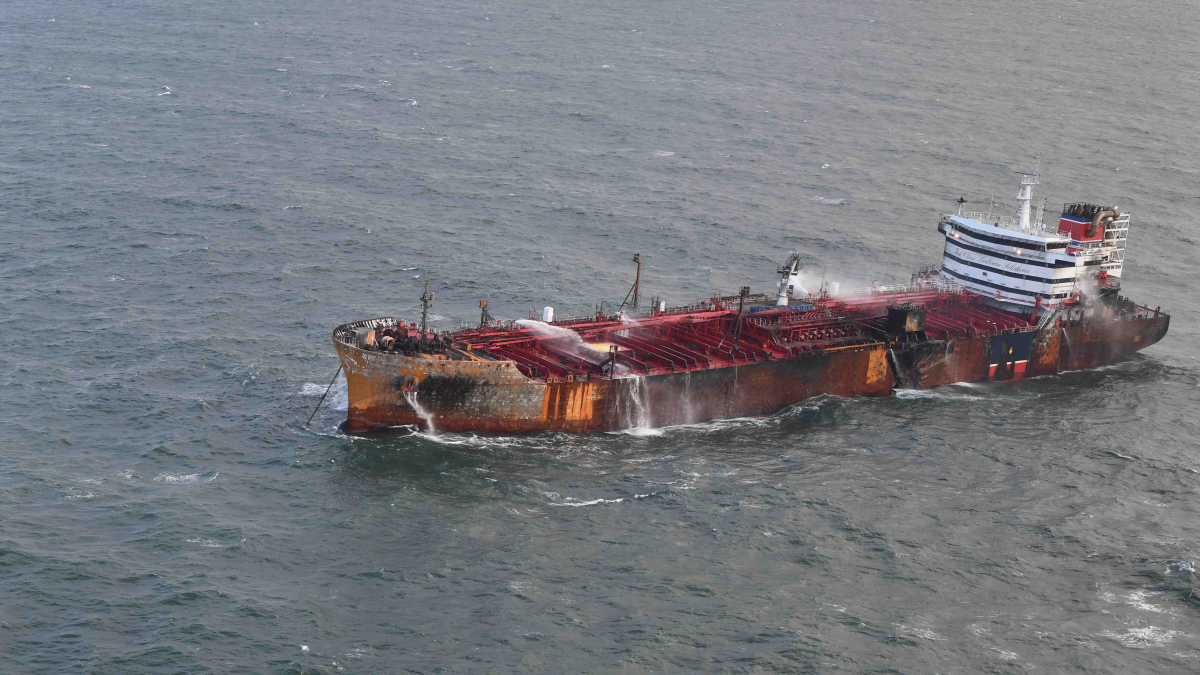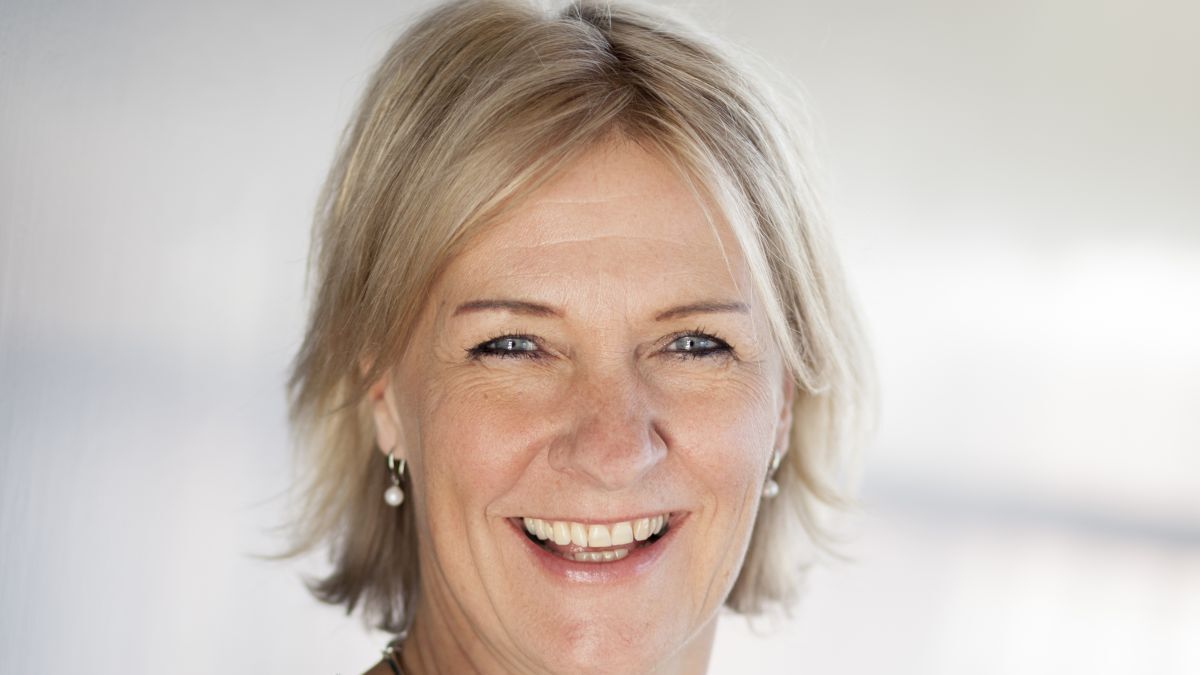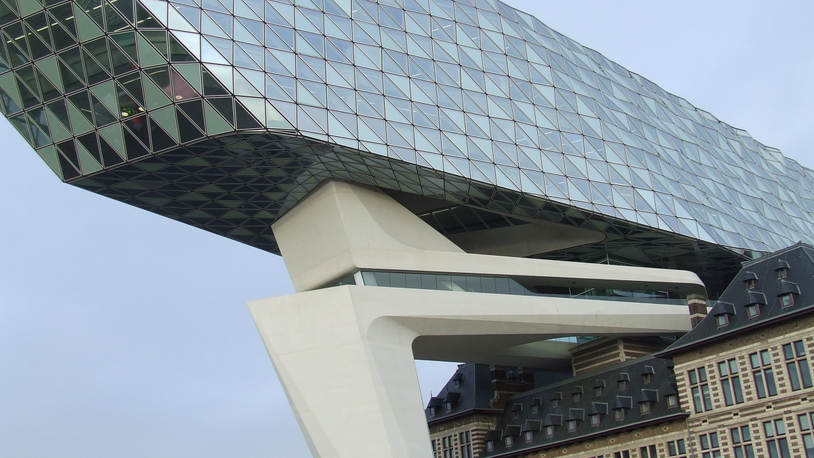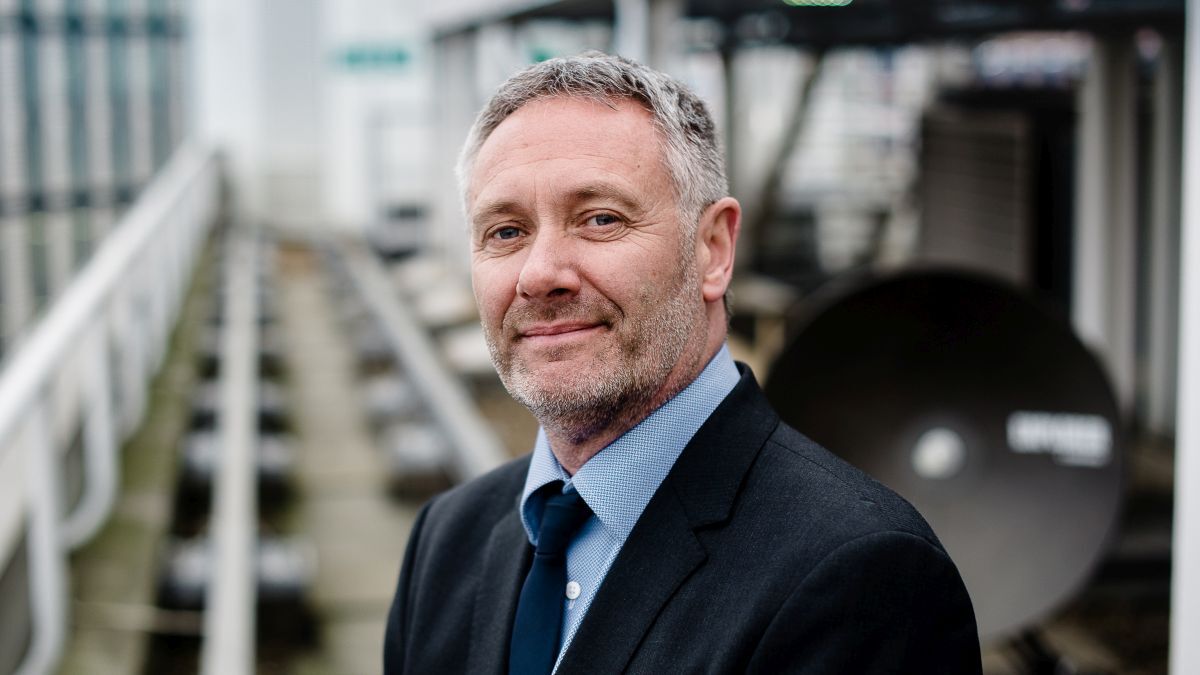Business Sectors
Contents
Register to read more articles.
How Sweden is using AI in coastal emergency response
Sweden’s sea and air rescue leaders have started testing AI to monitor emergency calls in the Baltic Sea and around the Swedish coast
Sweden’s sea and air rescue leaders have started testing AI to monitor emergency calls in the Baltic Sea and around the Swedish coast. Tenfifty’s technology assists the rescue leader in identifying emergency calls. It assists in intercepting and interpreting incoming emergency calls by presenting them in an operator-friendly interface.
Swedish Maritime Administration’s sea traffic control centre, JRCC in Gothenburg, Sweden, works around the clock throughout the year to assist those in distress and leads rescue efforts.
Interception of emergency calls depends on the operator’s ability to perceive the individual call that is often made via a radio transmission with low audibility. If AI detects an emergency call, this is noted in the operator’s interface.
This is part of the Heimdall Innovation Project, which aims to develop functional AI technology to gain assistance with emergencies.
The Heimdall system is being tested on emergency calls that the rescue leaders observe through interception designed to calibrate and further improve reception.
Maranics is responsible for building user interfaces within the project. It is creating the data capture that goes beyond speech-to-text. This includes data on weather, ship information and position. The solution is based on pilots the company has implemented and tested together with classification society DNV.
Swedish Maritime Administration rescue leader Tobias Nicander said this technology reduces work-induced stress by providing better technical support to the operators.
“It feels tremendously satisfying that we can now conduct live tests using real emergency calls,” he said.
“I see great potential for the application. In sea and air rescue, it is a major advantage to gain technical support as a complement to the human ear.”
Tenfifty chief technology officer David Fendrich said this was an example of how to create a reliable AI service where man and machine work together.
“Technology designed to convert speech to text using neural networks has made immense strides in recent years and it is extremely pleasing to be able to use technology for social benefit,” Mr Fendrich said.
Maranics chief information officer Mattias Larsson explained how the company supports operations in the Heimdall project.
“With the help of filtered, structured and easily accessible digital information, we hope to create a safer work situation for the operator,” he said.
Riviera Maritime Media’s Vessel Optimisation Webinar Week is being held 9 August 2021 – use this link for more details and to register
Related to this Story
Events
TUGTECHNOLOGY '25
Reefer container market outlook: Trade disruption, demand shifts & the role of technology
Asia Maritime & Offshore Webinar Week 2025
Marine Lubricants Webinar Week 2025
© 2024 Riviera Maritime Media Ltd.


